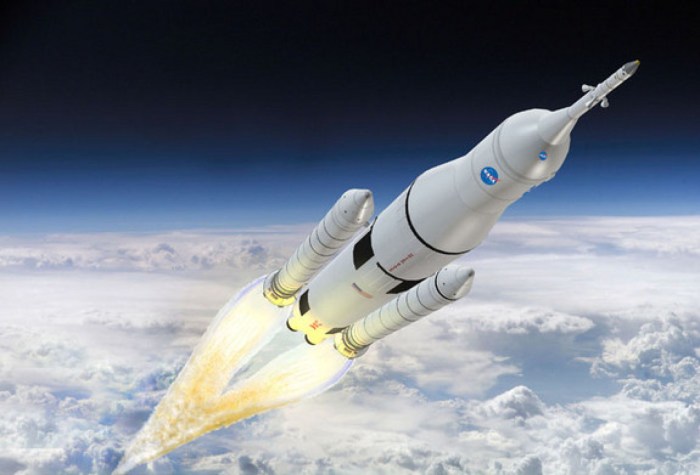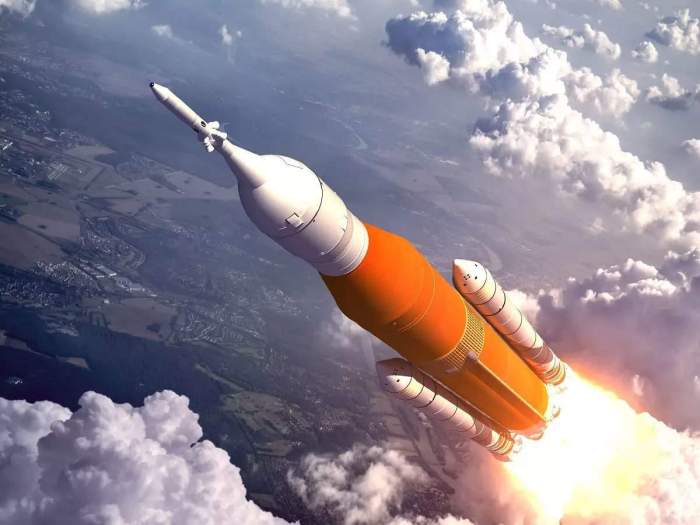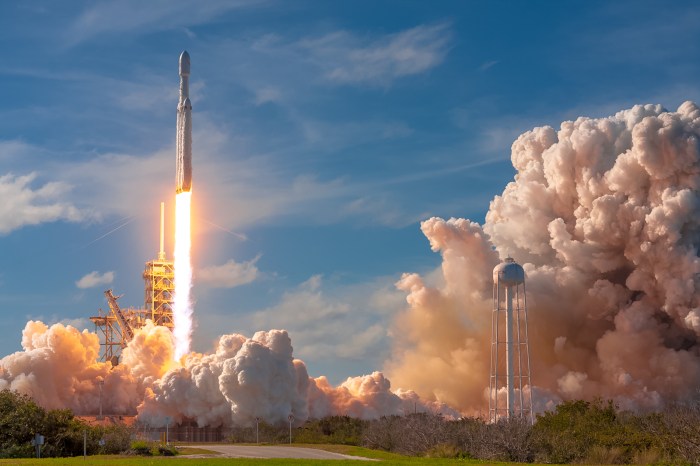To rise rapidly spacecraft fashion – As spacecraft ascent takes center stage in the realm of space exploration, we embark on a journey to unravel the intricate tapestry of technological advancements that have propelled spacecraft to new heights with remarkable speed and efficiency. From the dawn of rocketry to the cutting-edge frontiers of plasma propulsion, this discourse delves into the historical ascent, propulsion mechanisms, aerodynamic considerations, trajectory optimization, control systems, and future developments that have shaped the evolution of spacecraft ascent.
Spacecraft ascent, the art of propelling spacecraft from Earth’s surface to orbital or interplanetary trajectories, has witnessed a remarkable evolution over the decades. This ascent has been driven by the relentless pursuit of speed, efficiency, and precision, leading to the development of innovative propulsion systems, aerodynamic designs, and control technologies that have pushed the boundaries of space exploration.
Historical Ascent

The evolution of spacecraft design and propulsion systems has enabled rapid ascent capabilities. Notable milestones include the development of liquid-fueled rockets in the early 20th century and the introduction of ion propulsion in the 1960s.
Propulsion Mechanisms
Chemical rockets, ion propulsion, and plasma thrusters are the primary propulsion technologies for rapid spacecraft ascent. Chemical rockets provide high thrust but low specific impulse, while ion propulsion offers high specific impulse but low thrust. Plasma thrusters combine the advantages of both, delivering moderate thrust and specific impulse.
Aerodynamic Considerations
Rapid spacecraft ascent faces aerodynamic challenges such as drag and heating. Design features like streamlined shapes and heat-resistant materials are employed to mitigate these challenges.
Trajectory Optimization
Trajectory optimization techniques maximize ascent efficiency and speed. Trajectory analysis and simulation play a crucial role in planning spacecraft ascent maneuvers.
Control Systems
Spacecraft control systems ensure stability and precision during rapid ascent. Inertial navigation systems, attitude control thrusters, and reaction wheels are commonly used to maintain control.
Future Developments, To rise rapidly spacecraft fashion
Emerging technologies such as advanced materials, nuclear propulsion, and laser propulsion hold promise for enhancing spacecraft ascent capabilities, enabling faster and more efficient missions.
FAQ Section: To Rise Rapidly Spacecraft Fashion
What are the key challenges associated with rapid spacecraft ascent?
Rapid spacecraft ascent poses several challenges, including overcoming atmospheric drag, managing aerodynamic heating, and ensuring stability and control during the high-speed ascent phase.
How do different propulsion systems contribute to rapid spacecraft ascent?
Various propulsion systems, such as chemical rockets, ion propulsion, and plasma thrusters, offer unique advantages and disadvantages for rapid spacecraft ascent. Chemical rockets provide high thrust but low specific impulse, while ion propulsion and plasma thrusters offer high specific impulse but lower thrust.
What role does trajectory optimization play in spacecraft ascent?
Trajectory optimization techniques are crucial for determining the most efficient and rapid ascent trajectory for a spacecraft, considering factors such as propellant consumption, aerodynamic drag, and gravitational forces.


